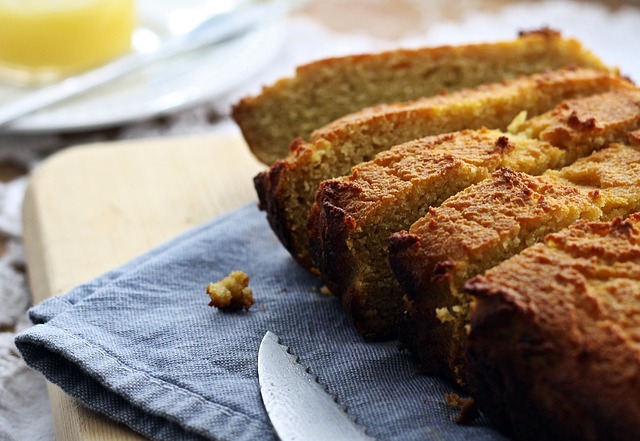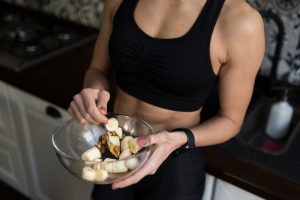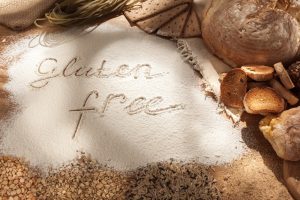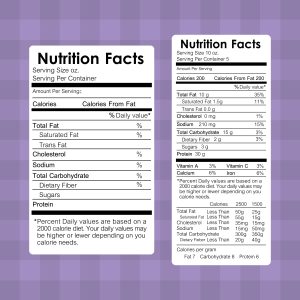In the world of culinary arts, gluten-free baking stands as a beacon of innovation and inclusivity. Embracing the challenge of baking without traditional wheat flour, this article sheds light on the role of alternative binders that are not just functional but also health-conscious. The shift from conventional baking methods to gluten-free practices is not merely a trend but a response to the growing awareness of gluten sensitivities and celiac disease. This exploration into gluten-free baking binders is not just for those with dietary restrictions; it’s a gateway to understanding how diverse ingredients can revolutionize our baking experience.
Unveiling the World of Gluten-Free Binders
The cornerstone of successful gluten-free baking lies in understanding the substitutes for gluten, which traditionally gives dough its elasticity and cakes their structure. In the absence of gluten, alternative binders come to the forefront. These are ingredients that mimic the binding properties of gluten, ensuring that your baked goods don’t crumble apart. The most common binders include xanthan gum, guar gum, and psyllium husk, each with unique properties and uses. Xanthan gum, a product of fermentation, is renowned for its stabilizing and thickening attributes, making it a popular choice in gluten-free recipes. Guar gum, derived from legumes, is another excellent binder that also adds to the fiber content of baked goods. Psyllium husk, a form of dietary fiber, not only acts as a binder but also adds a healthful boost to your baking creations. Understanding the nuances of each of these binders is crucial for every gluten-free baker, as it allows for customization of recipes to suit dietary needs and personal preferences.
The transition to gluten-free baking also requires a reevaluation of how we perceive flour. Almond flour, coconut flour, and rice flour are popular gluten-free alternatives, each bringing a distinct flavor and texture to baked goods. The art of gluten-free baking is in the balance of these flours with the right binder, achieving a texture that closely resembles traditional baked items. This section of the article would delve into the specific ratios and combinations that work best for different types of baked goods, from bread to cakes to cookies.
Practical Tips for Perfect Baking
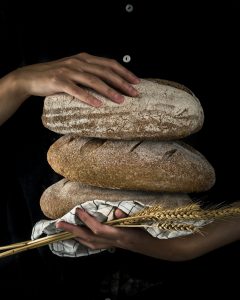
Gluten-free baking is an adventure that requires both patience and practice. The key to mastering this art form lies in understanding the behavior of different binders and flours. For instance, while xanthan gum is excellent for bread and pizza dough, it can make cakes too dense if used in excess. Similarly, guar gum works well in cold foods like ice creams and puddings but can become too sticky in baked goods. Navigating these subtleties is crucial for any aspiring gluten-free baker.
Moreover, moisture balance is paramount in gluten-free baking. Gluten-free flours tend to absorb more liquid than their wheat counterparts, so adjusting the liquid content in recipes is essential. This section would provide practical advice on how to tweak traditional recipes to suit gluten-free ingredients, ensuring that the end product is neither too dry nor too gummy.
In addition to technical know-how, this part of the article would also offer insights into the nutritional aspects of gluten-free baking. Many gluten-free flours and binders are rich in fiber, protein, and other nutrients, making them not just a dietary necessity for some but a healthier choice for many. This aspect is particularly appealing to health-conscious consumers who are looking to make better dietary choices without compromising on taste and texture.
Global Inspirations
Gluten-free baking is not confined to the boundaries of traditional Western cuisine. It’s a global affair, with various cultures contributing unique ingredients and techniques. This part of the article would explore how different cultures approach gluten-free baking, offering readers a chance to travel the world through their ovens. For instance, the use of rice flour in Asian desserts, or the reliance on cornmeal in South American baking, provides not only gluten-free alternatives but also a window into diverse culinary traditions. This exploration would not only add variety to the reader’s baking repertoire but also enrich their understanding of global food cultures.
- Japanese Mochi: A case study of rice flour-based delicacies.
- Italian Polenta Cake: How cornmeal is used to create a rustic, hearty cake.
- Indian Besan Laddu: The use of chickpea flour in creating sweet, nutritious treats.
This section would also highlight how traditional gluten-free baking can be a source of inspiration for contemporary bakers, encouraging experimentation with flavors and textures that are both novel and rooted in tradition.
Trends and Innovations
As we look forward, the landscape of gluten-free baking is ripe with innovation and potential. This final part of the article would focus on the emerging trends and future possibilities in gluten-free baking. From the use of new-age binders derived from sustainable sources to the integration of superfoods for added health benefits, the possibilities are endless. This section would also touch upon the increasing demand for gluten-free options in commercial baking and how this is shaping the industry.
- New-age Binders: Exploring sustainable and health-focused alternatives.
- Incorporation of Superfoods: How ingredients like quinoa and chia seeds are changing the gluten-free baking game.
- Commercial Trends: The rise of gluten-free options in bakeries and supermarkets.
This forward-looking perspective would not only keep the reader informed about the latest trends but also inspire them to be part of the ever-evolving world of gluten-free baking.
Gluten-free baking is an art that demands both creativity and scientific understanding. From choosing the right binder to balancing moisture content, every step is crucial in achieving the perfect bake.

